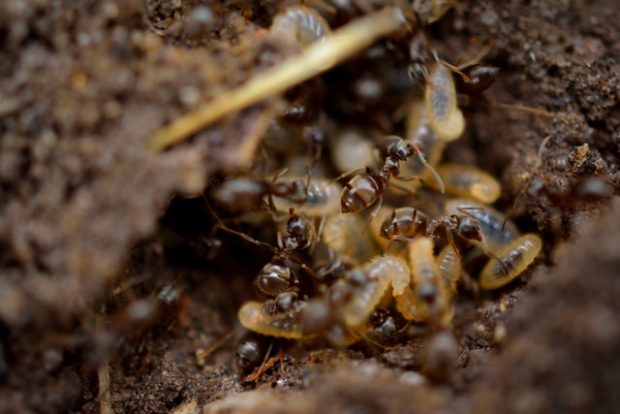Termites are a common problem in many parts of the United States. They can cause damage to your home and property, but DeSantis Management Team says, they can also be controlled using simple steps. This article will discuss practical ways to prevent termites from becoming a problem in your home.

Monitor for signs of termite activity
Check for mud tubes. Termites are known to leave mud tubes behind when they tunnel so you can look for these tubes in the wood and soil around your home.
Check for termite wings and droppings. Termites often leave behind a residue when they tunnel underwood, which looks like tiny brown spots on the surface of your wood. If you see them in groups or clusters, you likely see termite droppings instead of termite wings!
Check for mounds (or “dwellings”). Mounds are where colonies of termites live together; they may also have several entrances into buildings or homes through which new workers enter after being born inside the mound itself!
It’s important to know what type of structure has been formed by mounds because some types will become more significant than others over time, while others may shrink down over time too!
Reduce moisture in and around your home
Termites need water to survive, but they can’t eat dry wood; they must get it wet before consuming it. If you want to avoid termites in your home, ensure there is no standing water in any part of the structure or on the property where you live or work with professional termite control expert.
This includes rain gutters, pipes under concrete slabs and foundations, and any puddles or ponds that may form after heavy rains or snow melts during winter seasons (as long as there is no standing water).
Seal off entry points
-
- Make sure all doors and windows are properly sealed.
- Look for gaps around the foundation and other places where termites can enter.
- Use caulk or another sealant to seal up the gaps.
Ventilate attics and crawl spaces effectively
Use fans to ventilate the attic properly, but avoid using an attic fan. The air will circulate more efficiently if you use a ridge vent instead of an attic fan.
Install a dehumidifier in the crawl space near your home’s foundation walls, where moisture tends to collect during winter months when temperatures are low enough for mold growth (which can cause health problems).
Remove cellulose materials from the yard
-
- Remove all fallen trees and branches.
- Remove all dead trees and shrubs.
- Remove any tree stumps you can see in the ground, but do not dig them up, as this will encourage termites to come back!
- Remove all dead grass and weeds from your yard.
Plant trees and shrubs at least 15 feet away from your house
Planting trees and shrubs at least 15 feet from your house is essential. Termites can travel through the roots of trees and shrubs, so if you plant them too close to your home, they’ll attract termites.
Prevention is critical to controlling termites
Monitor for signs of termite activity before they have a chance to damage your home. If you find evidence of their presence, such as small holes in wood or soil, seal off entry points and prevent them from spreading.
Reduce moisture levels in and around your home by sealing cracks around windows and doors, installing weather stripping on all exterior doors and windows, using a dehumidifier where necessary (or hire a professional company), sealing utility penetrations, keeping crawl spaces dry during construction projects or when indoor plants are watered outside (this can help keep water away from the home’s foundation).
Ventilate attics effectively through window exhaust fans that pull fresh air through vents located above each floor level; this will reduce humidity levels within attics so that molds aren’t able to grow there either.
Conclusion
We hope you’ve enjoyed reading this article and learned some valuable information that will help you to control termites. We’re excited to hear your experiences when it comes time for spring cleaning!
Read More:

